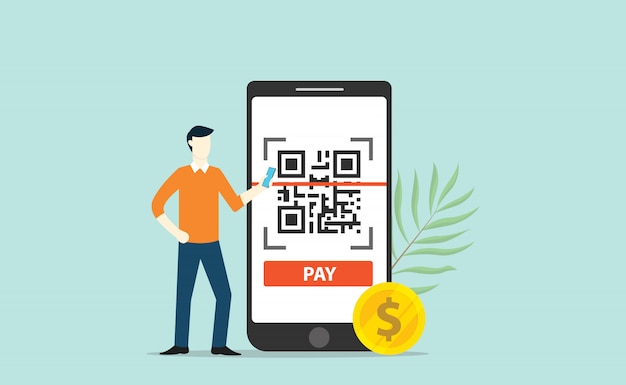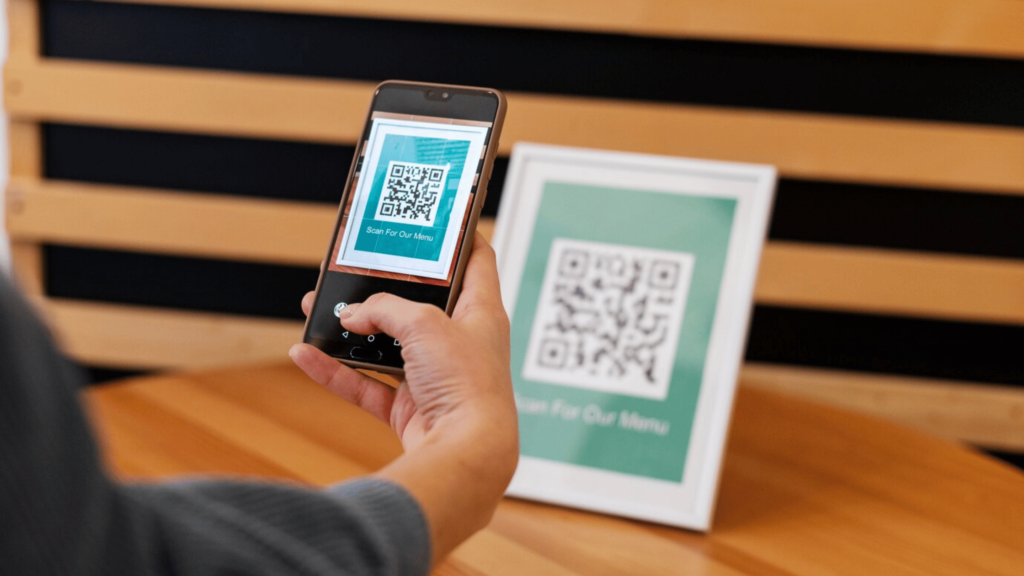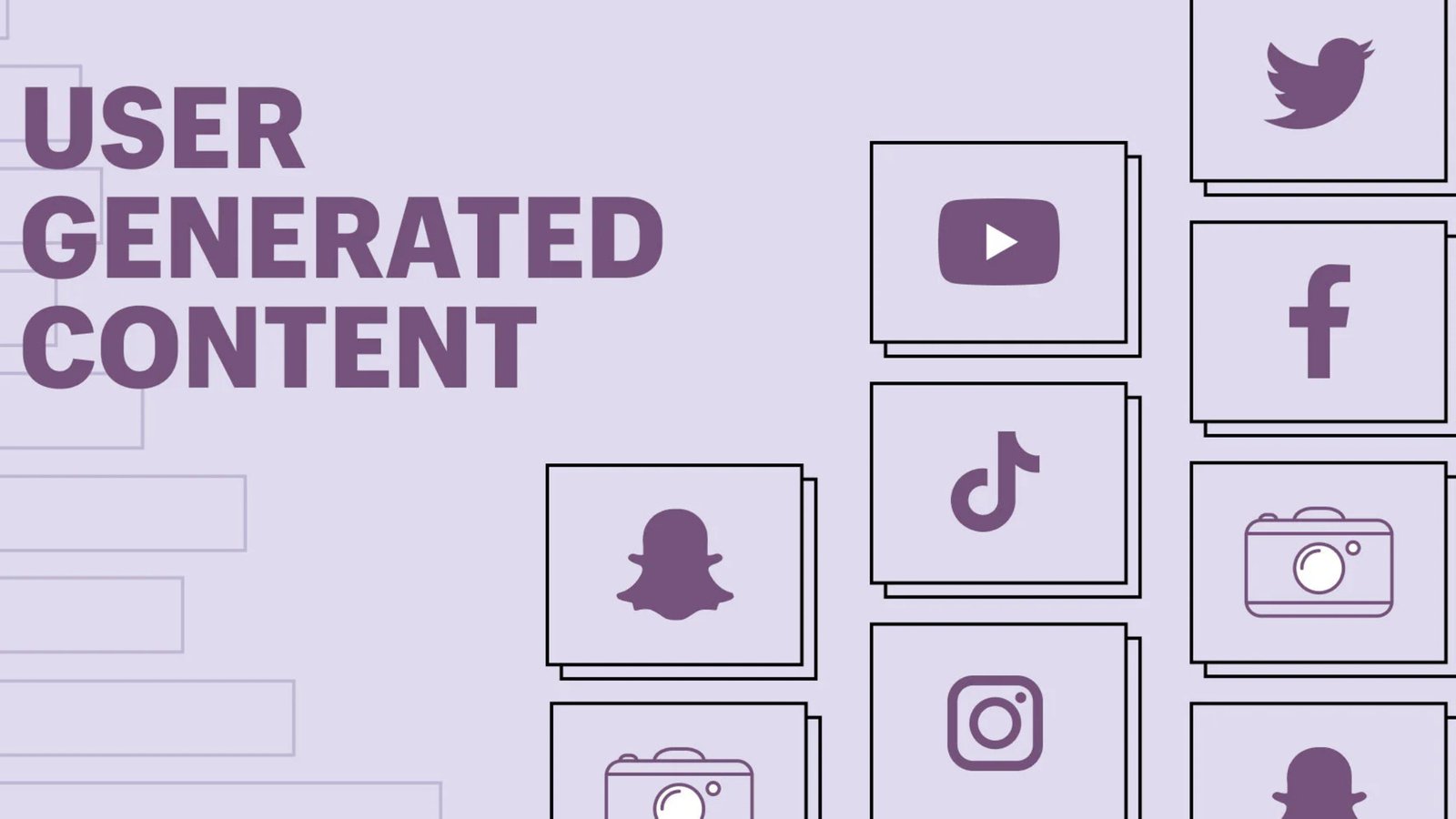QR codes have revolutionized the way businesses interact with customers, providing seamless contactless engagement and digital innovation. From simplifying menus to powering innovative marketing strategies, QR codes offer a flexible and efficient solution for modern businesses. This Artical explores the growing role of QR codes in customer engagement, showcasing how they can elevate experiences and boost efficiency in various industries.
Why QR Codes Are Key to Digital Innovation

1. Enhancing Contactless Engagement
In a world where convenience and safety are paramount, QR codes provide a contactless way for customers to access menus, product information, and promotions. This not only enhances the customer experience but also ensures hygiene and safety in a post-pandemic environment.
2. Streamlining Operations
QR codes simplify operations by reducing the need for printed materials like menus and brochures. Businesses can update information in real time, ensuring customers always have access to the latest offerings without reprinting costs.
3. Driving Digital Transformation
As businesses embrace digital innovation, QR codes act as a bridge between the physical and digital worlds. They enable businesses to integrate mobile-first strategies, offering customers an interactive and engaging experience that aligns with modern expectations.
Practical Uses of QR Codes in Menus and Marketing

1. Contactless Menus
QR codes allow customers to view menus on their smartphones, eliminating the need for physical menus. Restaurants can easily update menu items or pricing, providing a dynamic and cost-effective solution for contactless engagement.
2. Interactive Marketing Campaigns
QR codes can link customers directly to promotions, contests, or personalized landing pages. By scanning a code, customers can instantly access special offers or participate in interactive marketing campaigns, boosting engagement and sales.
3. Seamless Payment Options
Integrating QR codes into payment systems allows for contactless transactions. Customers can scan a code to pay securely, enhancing convenience and reducing the need for physical payment terminals.
4. Event Check-Ins and Feedback
For events, QR codes streamline the check-in process, allowing attendees to scan and register quickly. Businesses can also use QR codes to collect feedback, providing a simple and effective way to gather customer insights.
Benefits of Using QR Codes in Business

1. Cost-Effective Solution
QR codes eliminate the need for printing and distributing materials. They are easy to create and update, making them a budget-friendly option for businesses of all sizes.
2. Improved Customer Experience
With instant access to information, offers, or payments, QR codes simplify customer interactions. This level of convenience enhances satisfaction and builds loyalty.
3. Real-Time Updates
Businesses can update QR code content in real time, ensuring customers always receive the most accurate and relevant information without any delays or added costs.
4. Measurable Engagement
QR codes allow businesses to track scans and analyze customer behavior. This data provides valuable insights into engagement levels, helping refine marketing strategies.
Tips for Effective QR Code Implementation

1. Optimize for Mobile
Ensure that the destination content linked to your QR codes is mobile-friendly. Customers are more likely to engage with well-designed, easy-to-navigate pages.
2. Provide Clear Instructions
Include simple instructions near the QR code to guide users, such as “Scan here for our menu” or “Discover our latest offers.” Clear communication boosts participation.
3. Incorporate Branding
Customize QR codes with your brand colors or logo to make them visually appealing and aligned with your brand identity. This also makes them more recognizable to your audience.
4. Test Before Launching
Always test your QR codes to ensure they work seamlessly on various devices. A poor user experience can deter customers and reduce engagement.
Conclusion
QR codes have become a vital tool for businesses seeking to innovate and improve contactless engagement. From menus to marketing, these versatile codes simplify operations, enhance customer experiences, and drive digital innovation. By strategically implementing QR codes, businesses can stay ahead of the curve and create meaningful interactions with their customers.
FAQ’s
Q1. How do QR codes enhance contactless engagement?
QR codes provide a touch-free way for customers to access menus, information, and offers, ensuring convenience and hygiene.
Q2. What are some innovative uses of QR codes in marketing?
QR codes can link to personalized landing pages, promotions, contests, and interactive campaigns, driving customer engagement and boosting sales.
Q3. Are QR codes cost-effective for small businesses?
Yes, QR codes are easy to create, require no printing costs, and offer real-time updates, making them an affordable solution for businesses of all sizes.
Q4. How can businesses track the effectiveness of QR codes?
QR codes can be linked to analytics tools that track scan rates and user behavior, providing valuable insights for refining marketing strategies.
Q5. What should businesses consider when implementing QR codes?
Ensure QR codes are mobile-optimized, branded, and provide clear instructions to customers. Testing for functionality across devices is also essential.








